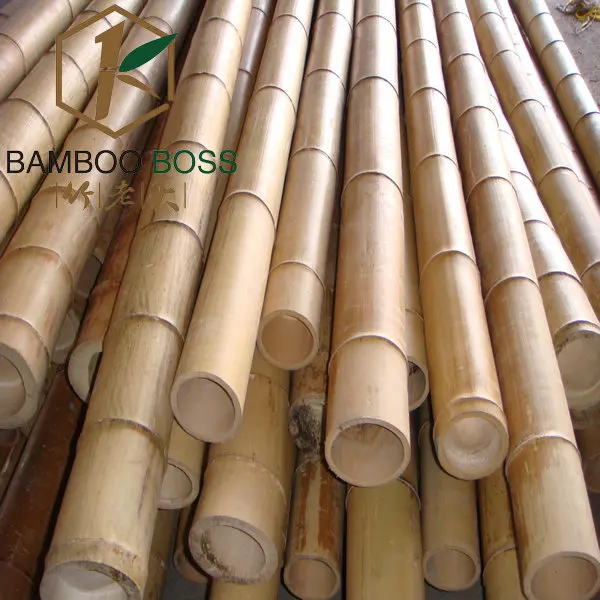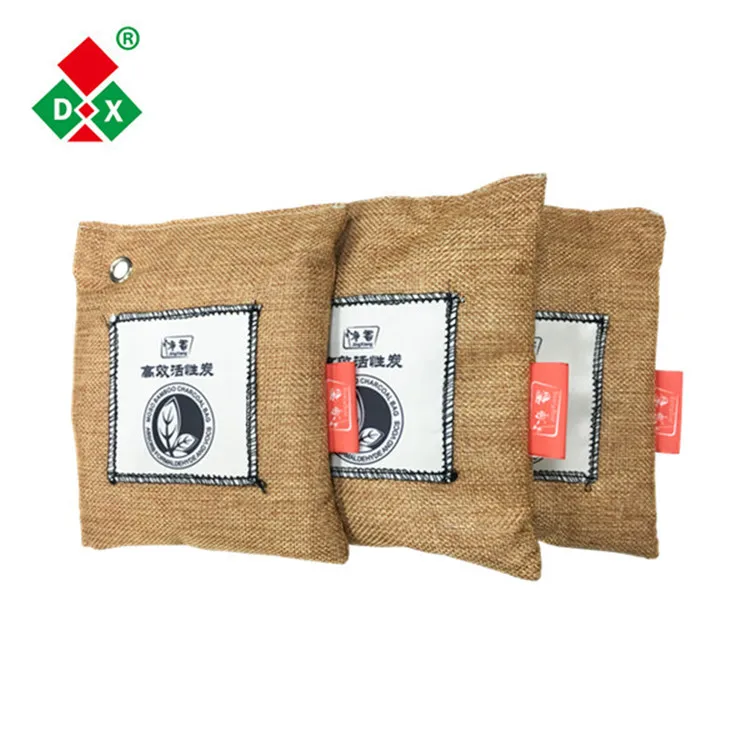

Redundancy analysis (RDA) showed that SOM was the main environmental factor driving the variation of soil fauna community, followed by TP and TN. Responses of soil fauna community were associated with soil physicochemical properties. Contents of soil moisture (SMC), organic matter (SOM), total nitrogen (TN), total phosphorus (TP) and total potassium (TK) increased first and then decreased with the increase of planting years, peaking at 1 year after planting, while the pH value continued to increase. Shannon-Weiner diversity index (H), Margalef richness index (D) and Density-Group diversity index (DG) were the highest one year after planting the fungus, while Simpson dominance index (C) was the lowest in the meantime. Planting Stropharia rugosoannulata in moso bamboo forest increased the density of dominant groups, but did not change its composition. The group number and density of soil fauna was highest right and then decreased. Results showed that a total of 2968 individuals of soil meso- and micro-fauna, belonging to 8 classes and 13 groups were detected. The community composition of soil meso- and micro-fauna was investigated, and the soil properties were determined. An experiment with 0, 1, 2 and 3 years of planting was carried out in an existing moso bamboo forest. Thus, the aim of this study was to investigate the response of soil fauna communities to agroforestry management, and to explore the relationships between soil fauna communities and soil properties.

However, little attention has been paid to soil fauna community in bamboo-fungus agroforestry system. Bamboo-fungus agroforestry management is an ecological model of sustainable production of moso bamboo forest, and Stropharia rugosoannulata has been widely planted in moso bamboo forest.


 0 kommentar(er)
0 kommentar(er)
